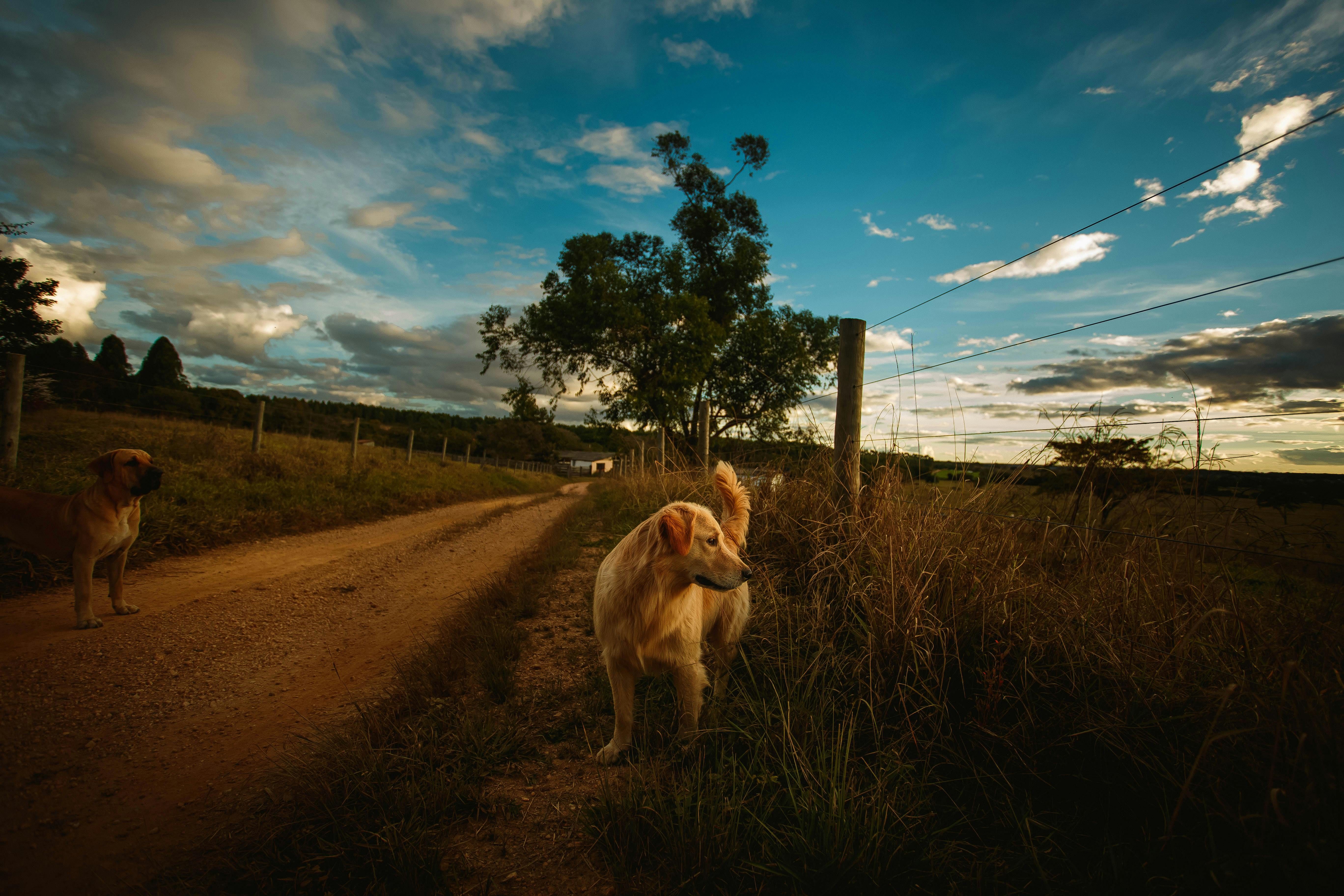Measures are in place to help ensure that sheep predators have a harder time killing your sheep, thereby encouraging them to seek out other food sources. Use a combination of management methods to help prevent coyotes and other sheep predators from taking too big a bite out of your sheep farm’s profits.
1. Use a livestock guardian animal. This is another animal that has developed an affinity for sheep and a willingness to defend the group. Livestock guard dogs are the most common among sheep farmers. Other guardian animals include llamas and donkeys.
2. Take care and train your livestock guard dogs to become effective guardians of your flock. A dog that is too rough with the neighbors, or that is too rough with animals, is not really being effective. These dogs require a bit of effort on your part to help them learn what the job is.
3. Build good fences and maintain them. A good fence can be a deterrent to predators. Electric fences, electric nets, and field (page wire) fences are types of fences that are commonly used as sheep fences.
4. Check the flock at least once a day and vary your routine from time to time to keep predators on their toes. You leave a scent trail and are a visible presence on a regular basis. At a minimum, checking frequently will give you an early warning if predators are approaching.
5. During times of high predator pressure, consider moving the flock closer to home or penning them at night if feasible. If the herd is remote, consider spending nights near the herd during times of high pressure or hiring a herder to do so.
6. Remove the carcass of any animal that has died. Leaving carcasses in the grass or yard attracts unwanted hunters and scavengers to the area. This keeps the animals coming back for more. Once started there, it’s a short hop to the nearby living.
7. Use multispecies grazing. Linking and grazing sheep with cattle can lead to additional protection for the flock. The key to this is to first bond the cattle to each other.
8. Building a herd with strong herd behavior will serve to develop individual animals that know how to graze as a herd. This grouping behavior offers each sheep and lamb the protection they need to ward off predators of the sheep.
9. Pay attention to the behavior of the herd. Does the herd get nervous someday? Have they changed from your normal routine? These are signs that they are being disturbed and this gives you a heads up to watch and explore to curb the problem before it escalates.
10. Use a combination of several tips. While no single action will be the ultimate answer, a combination of solutions can go a long way toward ensuring adequate protection from coyotes and other predators of sheep.
